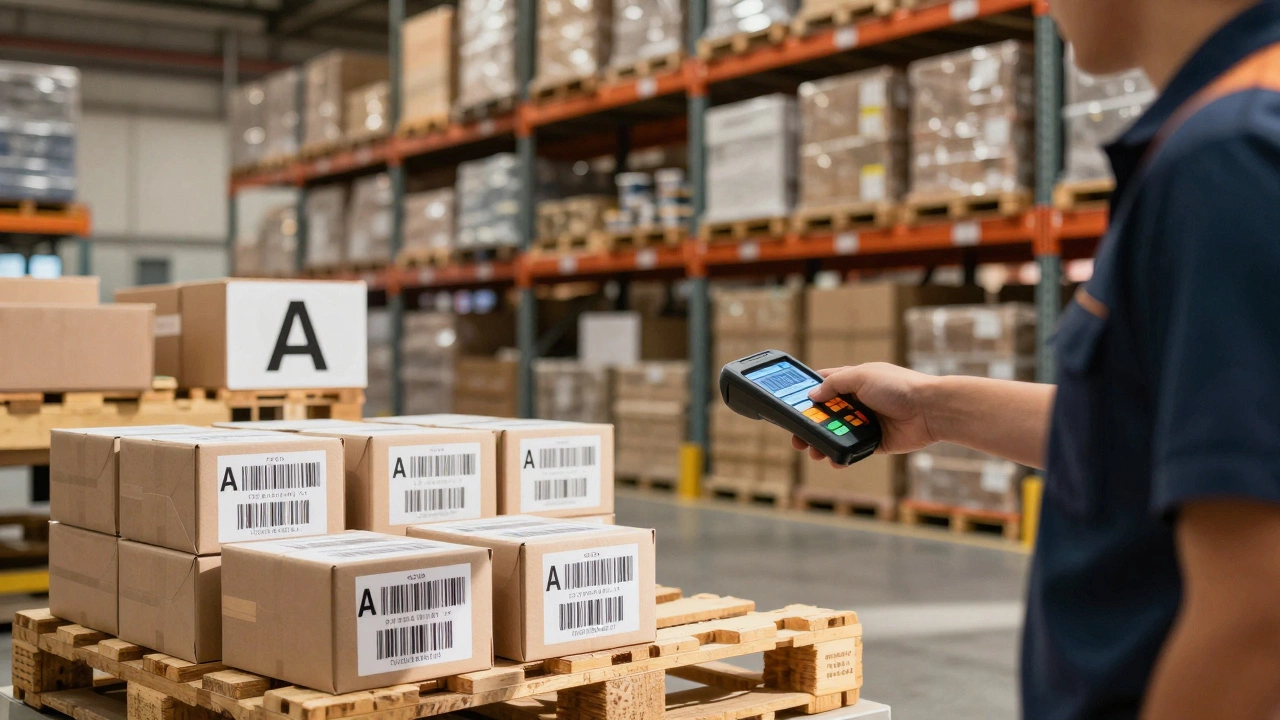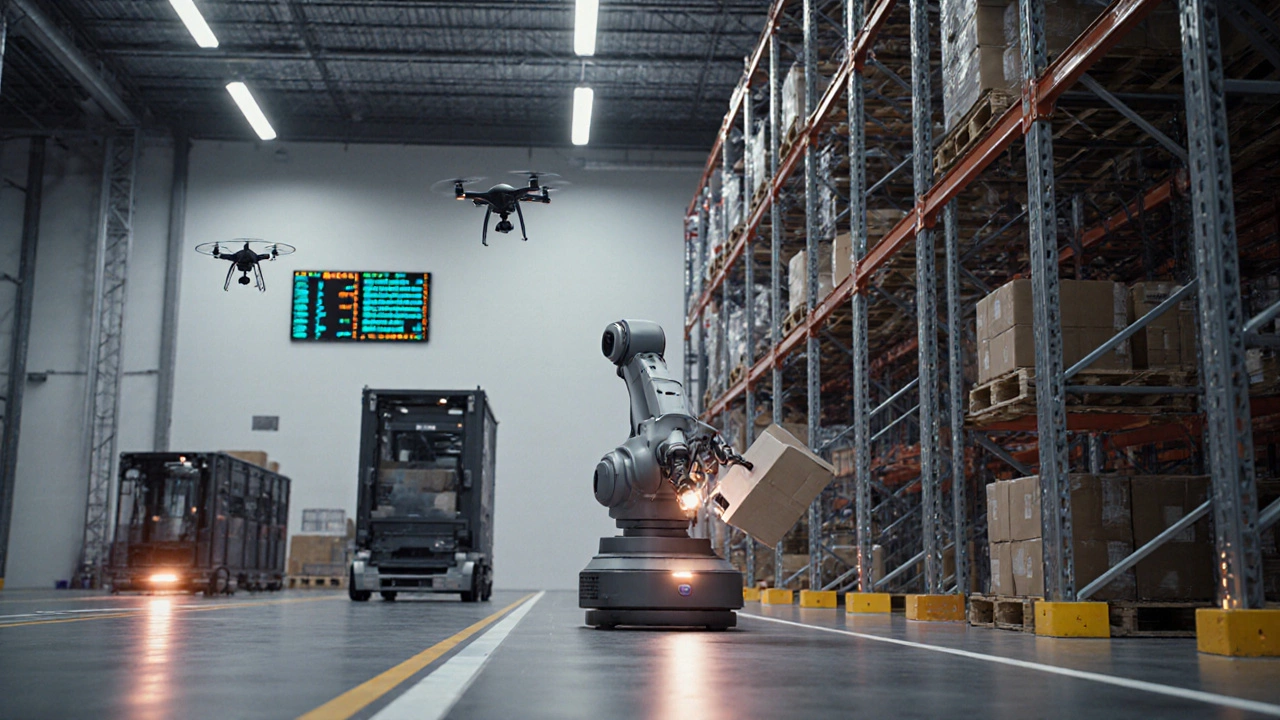Warehouse Automation: Boosting Speed, Accuracy & Savings
When talking about Warehouse Automation, the use of technology and robotics to streamline warehouse tasks such as picking, sorting, and inventory tracking. Also known as automated warehousing, it boosts speed, accuracy and reduces labor costs. This shift from manual labor to machines isn’t just a trend – it’s a core part of how businesses stay competitive. Imagine a floor where robots fetch items, conveyors move pallets, and software tells every device what to do. That’s the reality many Indian firms are seeing today.
Why Warehouse Automation Matters Now
At its heart, warehouse automation encompasses three key ideas: robotic picking, real‑time data flow, and seamless integration with existing systems. The first idea, robotic picking, replaces hand‑picks with machines that locate, lift and place products in seconds. The second, data flow, means every movement is logged instantly, giving managers an accurate picture of stock levels. The third, integration, links the machines to the warehouse’s brain – the Warehouse Management System, software that coordinates inbound, storage, and outbound processes. When a WMS talks to robots, orders are fulfilled faster, errors drop, and space is used more efficiently.
Another heavyweight in the automation arena is SAP, an enterprise resource planning suite that can control inventory, finance and production planning. Companies that layer SAP over their automated floors gain a bird‑eye view of the entire supply chain. SAP influences warehouse automation by providing the data rules that robots follow – from prioritizing high‑value items to optimizing travel paths. The result is a tighter loop between demand forecasts and actual picking operations.
But automation isn’t just about the big systems. Inventory Management, the practice of tracking stock quantities, locations and turnover rates becomes dramatically more precise when sensors and software update counts in real time. Accurate inventory means fewer stock‑outs, lower safety‑stock levels and better cash flow. It also powers advanced features like predictive replenishment, where the system orders more stock before you even notice a dip.
All these pieces – robots, WMS, SAP, inventory tools – form an ecosystem that supports the core goal of warehouse automation: delivering the right product to the right customer at the right time, with minimal waste. The ecosystem also creates new roles, such as automation technicians who keep the robots humming, and data analysts who turn sensor streams into actionable insights. So the shift isn’t just about cutting labor; it’s about building a smarter, data‑driven operation that can scale.
Below you’ll find a curated set of articles that dive deeper into each of these areas. Whether you’re looking for a plain‑English guide to WMS, want to see how SAP powers automated warehouses, or need practical tips for reducing inventory errors, the collection covers the full range. Keep reading to see how these concepts play out in real‑world scenarios and how you can start applying them in your own supply chain.
How to Solve Common Warehouse Problems Fast and Effectively
Learn how to fix common warehouse problems like inventory errors, slow picking, and poor layout - without expensive tech. Practical steps for faster, cheaper, and calmer warehouse operations.
Read MoreTop Modern Warehouse Technologies in 2025
Explore the latest warehouse technologies-robots, drones, IoT, cloud WMS, and more-and learn how they boost speed, accuracy, and scalability in 2025.
Read MoreHow Does E-Logistics Work? A Simple Guide to Digital Supply Chains
Learn how e‑logistics turns orders into a seamless digital flow. Discover core tech, benefits over traditional methods, a starter checklist, and FAQs.
Read More

